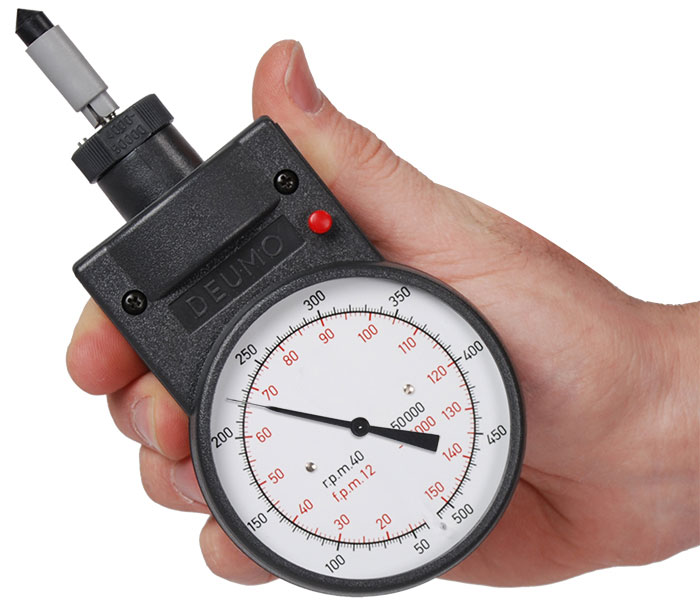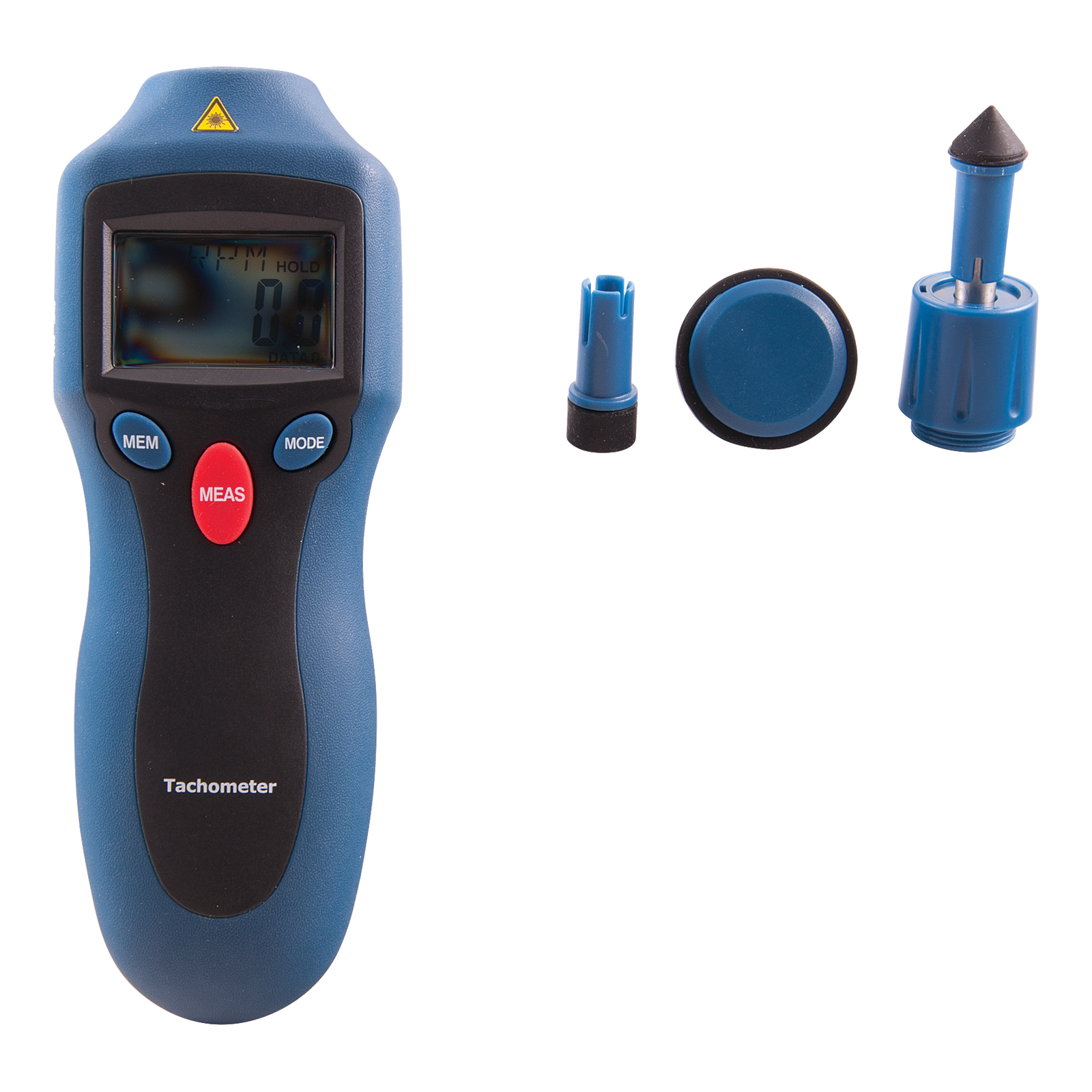Specialist Tips for Preserving and Calibrating Your Tachometer
The Relevance of a Tachometer in Checking Engine Speed and Performance in Automotive Applications
In the realm of vehicle design, the tachometer stands as an essential tool in the driver's collection, giving a straight home window right into the inner operations of a car's engine. Beyond its feature as a simple scale of changes per min (RPM), the tachometer serves as a crucial tool for fanatics and professionals alike, supplying real-time understandings into engine efficiency and health.
Value of Monitoring Engine RPM
Monitoring engine RPM, or transformations per min, is an essential facet of automotive maintenance and efficiency assessment. Engine RPM directly correlates with the rate at which the engine's crankshaft rotates, indicating exactly how swiftly the engine is running.
In addition, keeping an eye on engine RPM is necessary for performance evaluation in racing and high-performance automobiles. Keeping ideal RPM levels is vital for accomplishing peak power result and acceleration. Racers commonly make use of tachometers to guarantee they are running within the excellent RPM array for maximum performance. In recap, keeping an eye on engine RPM is not only vital for discovering problems but also for optimizing engine efficiency in various automotive applications.

Benefits of Real-Time Information
In auto applications, real-time information plays a vital function in giving immediate understandings right into the efficiency and problem of the lorry. By continuously checking different criteria such as engine rate, temperature, gas usage, and more, real-time information uses numerous advantages that contribute to improved effectiveness and security when driving.
One considerable advantage of real-time data is its ability to sharp motorists and professionals to any anomalies or concerns quickly. This proactive method enables fast recognition of potential troubles, permitting timely treatments to stop more damage or failures. Additionally, real-time information promotes efficiency optimization by offering immediate comments on driving behaviors and engine efficiency. Chauffeurs can readjust their actions in real-time based on this information to accomplish far better gas economy and extend the lifespan of their car.

Additionally, real-time data plays a vital duty in modern-day automotive diagnostics, allowing technicians to swiftly diagnose and address malfunctions. This causes lowered downtime, lower upkeep prices, and inevitably, improved general vehicle dependability and longevity (tachometer). By utilizing the power of real-time data, vehicle stakeholders can make educated choices that positively influence both the performance and long life of the vehicle
Influence On Gear Shifts
The tachometer plays a critical role in enhancing gear changes by offering real-time engine rate data to the chauffeur. When coming close to the redline on the tachometer, it indicates the driver to upshift to prevent over-revving the engine and triggering prospective damages.
Additionally, the tachometer help in company website attaining smoother equipment transitions, especially in hand-operated transmissions. By checking engine speed, motorists can perform gear shifts at the ideal RPM array, decreasing snagging movements and minimizing endure the transmission components. This precision in equipment adjustments not just enhances driving convenience yet also adds to fuel performance.
Enhancing Fuel Efficiency
Offered the crucial duty the tachometer plays in optimizing gear shifts for performance and engine health, it straight adds to optimizing gas efficiency in vehicle applications. By supplying real-time comments on engine speed, the tachometer aids drivers in maintaining the most efficient RPM variety for fuel economic climate. When drivers continually monitor the tachometer and change their driving routines appropriately, they can avoid unnecessary gas intake created by over-revving or carrying the engine.
Additionally, the tachometer assists chauffeurs recognize the most fuel-efficient equipment to be in at any kind of given minute, protecting against the engine from functioning more difficult than required. This is specifically critical during velocity and cruising, where remaining in the ideal gear can significantly impact gas performance. In addition, the tachometer can alert chauffeurs to potential mechanical issues that can be adversely influencing fuel economic climate, such as a slipping clutch or a blocked air filter. Finally, the tachometer serves as a useful device in boosting fuel effectiveness by advertising optimal driving habits and recognizing More hints areas for renovation in the vehicle's performance.

Making Best Use Of Engine Long Life
The tachometer's duty in checking engine rate and efficiency is instrumental in making certain the longevity of automobile engines. Monitoring the tachometer permits drivers to stay within the recommended RPM array for their lorry, protecting against unnecessary pressure on the engine and prolonging its lifespan.

Conclusion
In conclusion, the tachometer plays a crucial duty in checking engine speed and efficiency in vehicle applications. By providing real-time data on RPM, it enables efficient equipment changes, boosted gas effectiveness, and taken full advantage of engine longevity. This tool is necessary for preserving optimal engine performance and guaranteeing the general capability of a car.